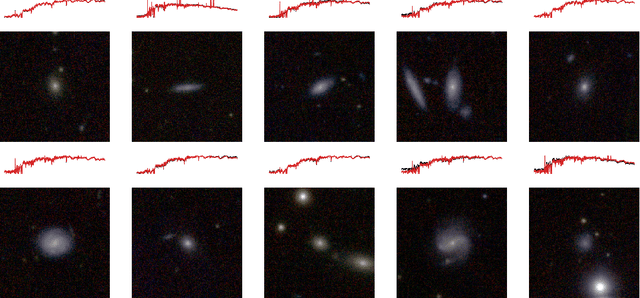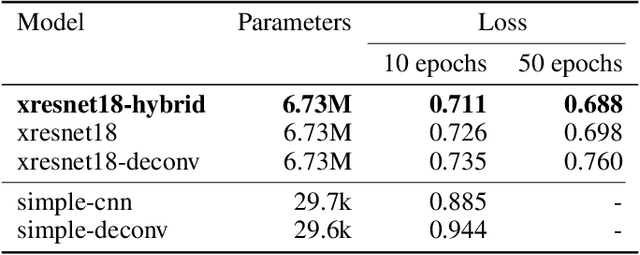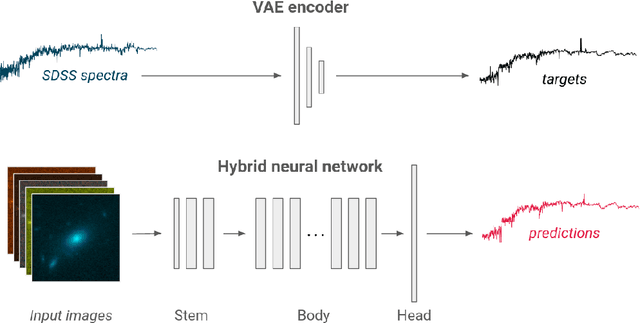Predicting galaxy spectra from images with hybrid convolutional neural networks
Paper and Code
Sep 25, 2020


Galaxies can be described by features of their optical spectra such as oxygen emission lines, or morphological features such as spiral arms. Although spectroscopy provides a rich description of the physical processes that govern galaxy evolution, spectroscopic data are observationally expensive to obtain. We are able to robustly predict and reconstruct galaxy spectra directly from broad-band imaging. We present a powerful new approach using a hybrid convolutional neural network with deconvolution instead of batch normalization; this hybrid CNN outperforms other models in our tests. The learned mapping between galaxy imaging and spectra will be transformative for future wide-field surveys, such as with the Vera C. Rubin Observatory and \textit{Nancy Grace Roman Space Telescope}, by multiplying the scientific returns for spectroscopically-limited galaxy samples.
 Add to Chrome
Add to Chrome Add to Firefox
Add to Firefox Add to Edge
Add to Edge